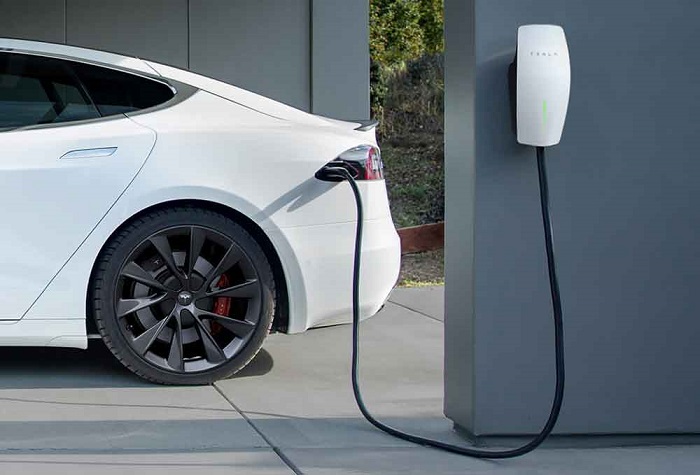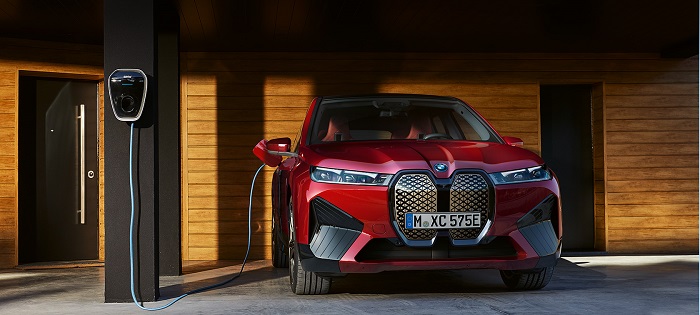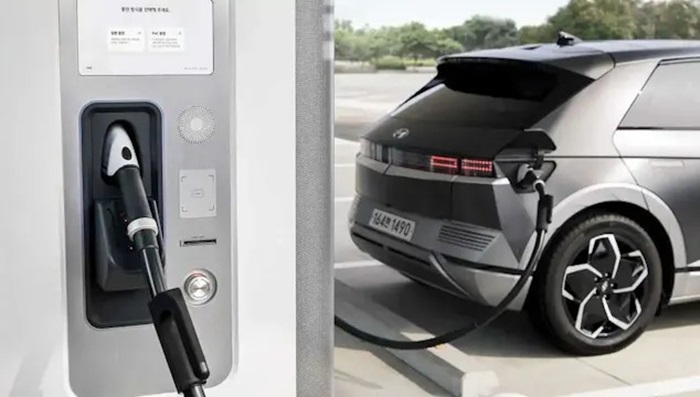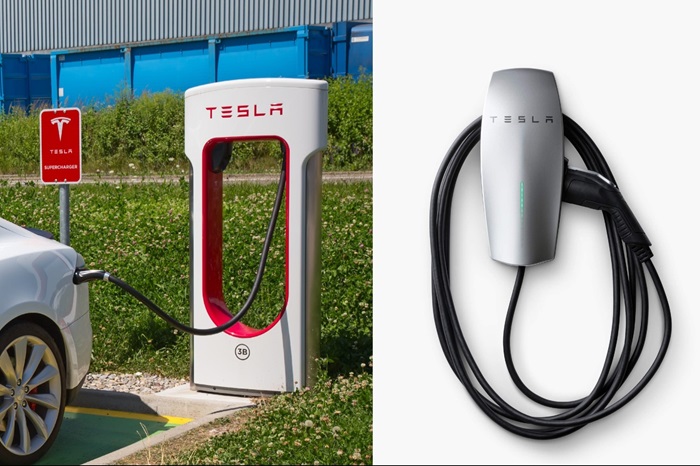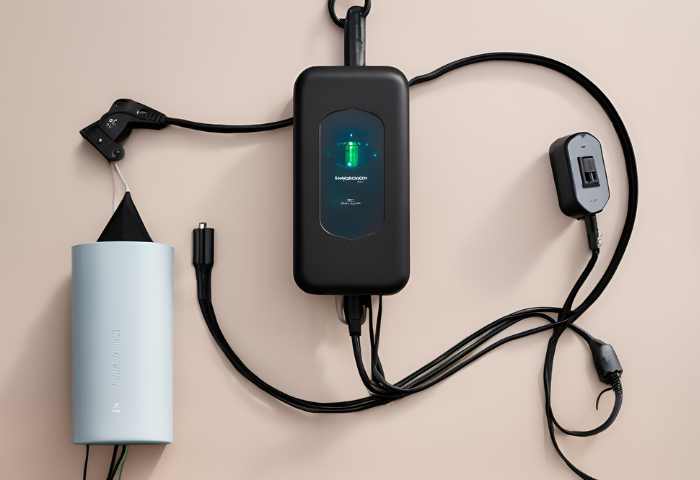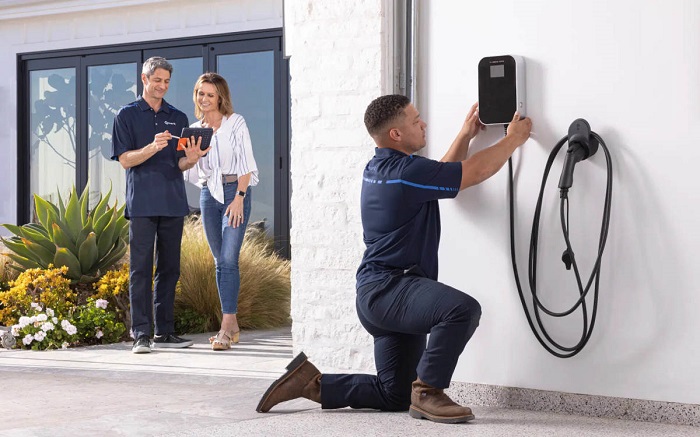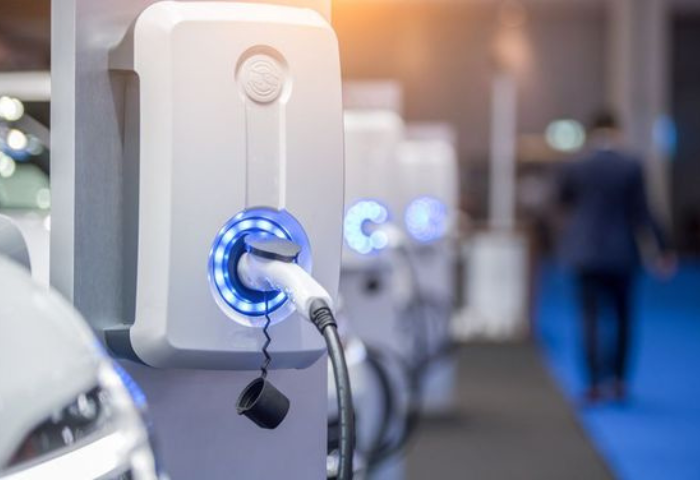Level 1 Electric Car Chargers: A Convenient Option for Everyday Charging
Environmental concerns and technological advancements are propelling the global popularity of electric vehicles (EVs) to new heights. An increase in demand for convenient charging infrastructure is concurrent with this surge in EV adoption.
Level 1 chargers, offering slow but accessible charging solutions, play a crucial role in this ecosystem. Their widespread availability makes them ideal for everyday users, allowing them to charge their vehicles overnight or during extended parking periods.
By providing a readily accessible charging option, Level 1 chargers contribute significantly to the smooth transition towards a more sustainable transportation future.

What is a Level 1 Electric Car Charger?
1. Definition and explanation of Level 1 charging
Level 1 charging is the simplest and most basic method of charging an electric vehicle (EV). It involves using a standard household electrical outlet to supply power to the vehicle’s onboard charger, which then converts the AC (alternating current) electricity from the outlet into DC (direct current) electricity to charge the vehicle’s battery.
Basic specifications:
- Voltage: Level 1 chargers typically operate at 120 volts, which is the standard voltage for household electrical outlets in North America.
- Amperage: Level 1 chargers typically draw up to 15 amps of current, though this can vary depending on the specific charger and vehicle.
Typical locations and usage scenarios:
- Level 1 charging is most commonly used at home, where EV owners can plug their vehicles into a standard electrical outlet in their garage, carport, or driveway.
- Level 1 charging is also suitable for workplace charging, where employees may have access to standard outlets for charging during the workday.
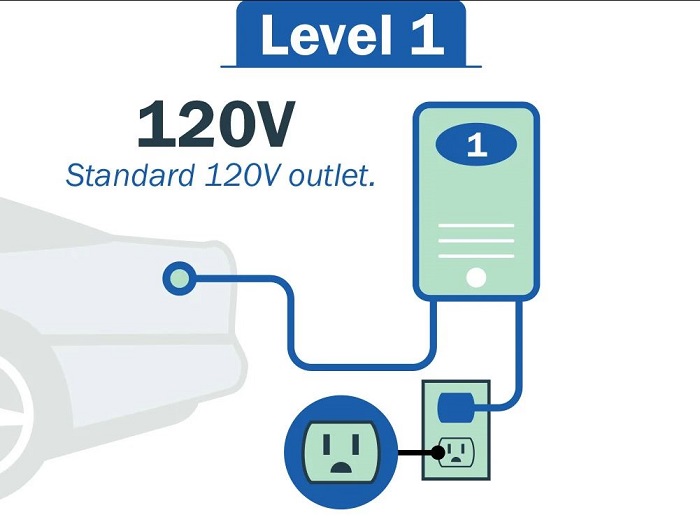
2. Benefits of Level 1 chargers
Cost-effectiveness and low installation requirements:
- Level 1 chargers are the most affordable charging option for EV owners, as they do not require any special equipment or installation beyond a standard electrical outlet.
- There are no additional costs associated with purchasing and installing dedicated charging stations or upgrading electrical infrastructure.
- Ideal for overnight home charging:
- Level 1 chargers are particularly well-suited for overnight charging at home, where EVs can be left plugged in for extended periods, typically overnight, to recharge their batteries.
- Overnight charging allows EV owners to start each day with a fully charged battery, ensuring that they have sufficient range for their daily commute and activities.
3. How Level 1 chargers work?
Technical components
- Power cord: The charging cable supplied with the EV is used to connect the vehicle to the electrical outlet.
- Charging unit: The EV’s onboard charger, typically located within the vehicle, regulates the flow of electricity from the outlet to the battery.
- Connector plug: The plug at the end of the charging cable is inserted into the standard electrical outlet to establish the connection.
Process of slow charging through standard household outlets:
- Level 1 charging delivers a relatively low charging rate, typically providing around 3 to 5 miles of range per hour of charging, depending on factors such as the vehicle’s battery capacity and efficiency.
- Charging times vary depending on the vehicle’s battery size and the level of depletion, but Level 1 charging is generally slower than higher-level charging options such as Level 2 or DC fast charging.
How to Use a Level 1 Electric Car Charger?
Level 1 chargers offer a convenient way to keep your electric vehicle charged at home. Here’s a guide on setting up, using, and maintaining your Level 1 charger safely:
1. Setting up a Level 1 charger at home
Installation prerequisites and simple DIY steps:
- Ensure you have access to a standard 120-volt electrical outlet near where you park your electric car.
- Check the electrical outlet to ensure it is in good condition and can handle the continuous load required for charging.
- Plug the Level 1 charging cable into the outlet, ensuring it is securely connected.
- Route the charging cable to where your electric car is parked, taking care to avoid tripping hazards or damage to the cable.
- If necessary, use cable management tools to secure and protect the charging cable.
Regulations and standards:
- Level 1 chargers typically use the SAE J1772 connector standard, ensuring compatibility with most electric vehicles sold in North America.
- Ensure your Level 1 charger is compliant with relevant safety standards and regulations to ensure safe and reliable operation.
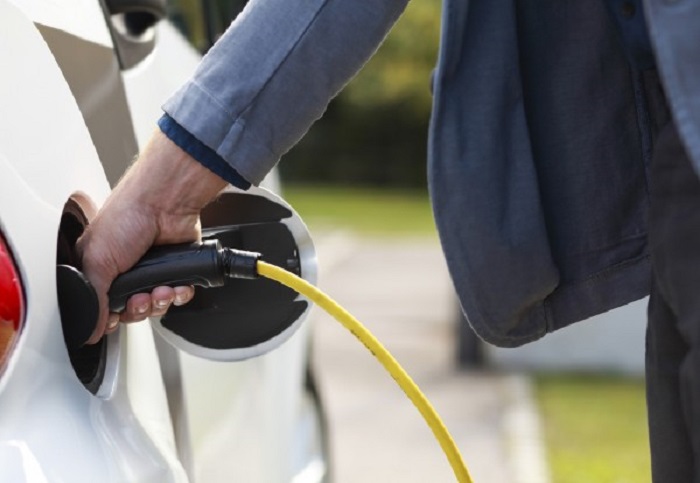
2. Plugging in and charging your electric car:
Step-by-step guide from plugging to initiating charge:
- Park your electric car within reach of the Level 1 charging cable.
- Open the charging port on your electric car and remove any protective coverings.
- Plug the Level 1 charging connector into the charging port on your electric car until it clicks into place.
- Once connected, the EV’s onboard charger will initiate charging automatically.
- You may need to adjust the charging settings on your electric car’s dashboard or touchscreen interface, if applicable.
Monitoring charging progress:
- Many electric cars provide real-time feedback on charging progress through their onboard displays or mobile apps.
- Check the charging status indicator on the Level 1 charger, if available, to confirm that charging is in progress.
- If your electric vehicle and charging equipment allow it, you can also monitor the charging process remotely via connected mobile apps or online portals.
3. Safety tips for using a Level 1 charger:
Routine checks and maintenance advice:
- Regularly inspect the Level 1 charging cable for signs of wear, damage, or fraying, and replace it if necessary.
- Keep the charging cable clean and free of debris to ensure proper connection and charging efficiency.
- Periodically check the electrical outlet and wiring for signs of overheating or damage, and address any issues promptly.
Safety features of chargers to prevent accidents include:
- Level 1 chargers typically incorporate safety features such as ground fault protection and overcurrent protection to prevent electrical hazards.
- Follow manufacturer guidelines and recommendations for safe charging practices, including avoiding overloading electrical circuits and using certified charging equipment.
Pros and Cons of Level 1 Chargers
Level 1 chargers offer a simple and accessible solution for electric vehicle (EV) charging, but they come with trade-offs. Here’s a breakdown of their advantages and limitations:
1. Advantages of Level 1 chargers:
Low cost and minimal setup:
- Level 1 chargers are the most affordable charging option for electric vehicle (EV) owners, as they utilize standard household electrical outlets.
- There are no additional costs associated with purchasing dedicated charging stations or installing specialized charging equipment, making Level 1 chargers accessible to a wide range of consumers.
Compatibility with all J1772 compliant EVs:
- Level 1 chargers use the SAE J1772 connector standard, ensuring compatibility with all electric vehicles that adhere to this industry standard.
- This universal compatibility makes Level 1 chargers suitable for charging a variety of EV models from different manufacturers, providing convenience and flexibility for EV owners.
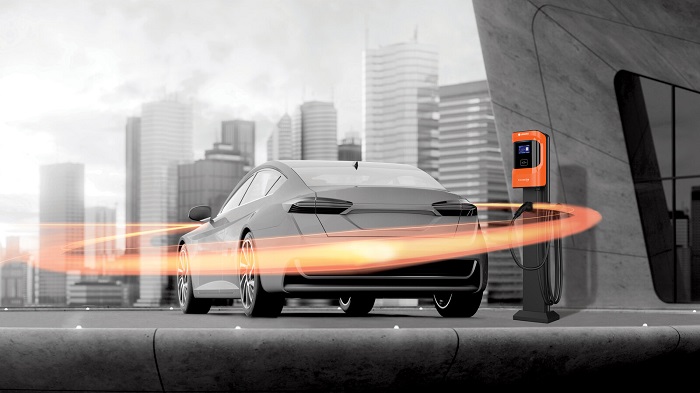
2. Limitations and drawbacks of Level 1 chargers:
Slower charging speed compared to Level 2 and DC fast chargers
- Level 1 chargers deliver a relatively low charging rate, typically providing around 3 to 5 miles of range per hour of charging.
- This slower charging speed means it can take significantly longer to recharge an EV using a Level 1 charger compared to higher-level charging options like Level 2 or DC fast chargers.
Not suitable for rapid charging needs
- Level 1 chargers are best suited for overnight charging at home or for topping up the battery during extended periods of parking.
- They are not designed for rapid charging needs or situations where EV owners require a quick recharge to continue their journey, such as on long-distance trips or during time-sensitive travel.
While Level 1 chargers offer affordability and universal compatibility, their slower charging speed and limited suitability for rapid charging needs are important considerations for EV owners. Depending on their charging requirements and lifestyle, EV owners may choose to supplement Level 1 charging with higher-level charging options to meet their needs for faster charging and greater convenience.
Level 1 Chargers vs Other Charging Options
When it comes to electric vehicle charging, there’s no one-size-fits-all solution. Here’s a comparison of Level 1 chargers with Level 2 and DC fast chargers to help you choose the right fit:
Comparison with Level 2 chargers
| Feature | Level 1 Charger | Level 2 Charger |
| Speed | Slowest (1.3 kW–2.4 kW) | Significantly faster (3 kW–19.2 kW) |
| Charging Time | Up to 40 hours for a full charge | 3-8 hours for a full charge |
| Efficiency | Less efficient (energy loss during conversion) | More efficient |
| Installation | Plugs into a standard 120-volt outlet | Requires professional installation (240-volt circuit) |
| Cost | The most affordable option | More expensive than Level 1, but less than DC fast chargers |
| Use Case Scenarios | Ideal for overnight charging or topping off daily commutes | Ideal for regular charging needs, balancing speed and convenience |
| Best for | – Homeowners who can charge overnight or for extended periods. – Daily commutes with shorter distances. – Budget-conscious EV owners. | – Homeowners who want faster charging than Level 1. – Regular EV use and longer commutes. – Those willing to invest in a faster charging solution. |

Comparison with DC fast chargers
| Feature | Level 1 Charger | DC Fast Charger |
| Speed | Slowest | Fastest (50 kW – 350 kW) |
| Charging Time | Up to 40 hours for a full charge | Can add up to 200 miles of range in 20-30 minutes |
| Infrastructure | Plugs into a standard outlet | Requires dedicated DC fast-charging stations |
| Cost | Lowest ongoing cost (uses standard electricity rates) | The highest cost per charge |
| Typical Locations | Homes | Public charging stations, along highways, and some retail locations |
| Best for | – Overnight or long-duration charging at minimal cost. | – Long trips when you need a quick charge to extend your range. – Situations where time is limited, and you need to get back on the road quickly. |
How to Choose the Right Level 1 Charger for Your Electric Car?
Choosing the right Level 1 charger for your electric car (EV) ensures safe, efficient, and compatible charging.
1. Factors to consider when selecting a Level 1 charger:
Charging capacity and compatibility with your car model
- Ensure that the Level 1 charger you choose is compatible with your electric car model. Check the charger’s specifications and compatibility list to confirm compatibility.
- Consider the charging capacity of the charger, including its voltage and amperage ratings, to ensure it meets the charging needs of your electric car.
Reviews and ratings of popular charger brands
- Research and read reviews of Level 1 charger brands and models to gauge user satisfaction, reliability, and performance.
- Look for chargers with high ratings and positive reviews from verified users to ensure quality and reliability.
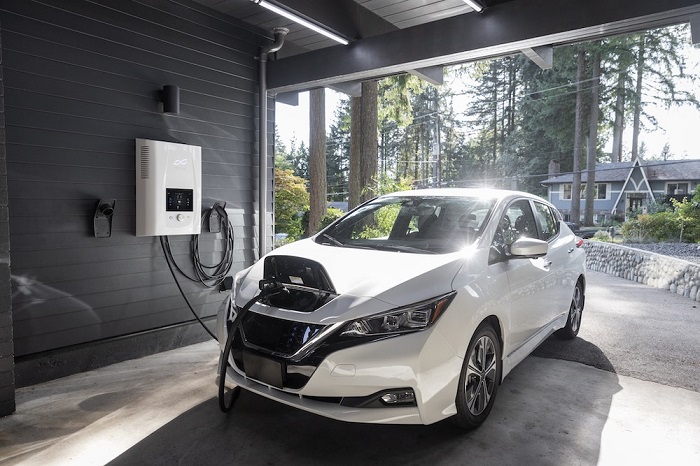
2. Popular Level 1 charger brands and models:
Overview of market leaders and innovative models
- ChargePoint Home Flex: The ChargePoint Home Flex is a popular Level 1 charger known for its adjustable amperage settings, compatibility with a wide range of electric car models, and integration with the ChargePoint network.
- AeroVironment EVSE-RS: AeroVironment offers a range of Level 1 chargers known for their reliability, durability, and ease of use. The EVSE-RS charger is a popular choice among EV owners for home charging.
- Siemens VersiCharge: Siemens VersiCharge Level 1 chargers are known for their compact design, fast charging speeds, and user-friendly features. They offer a reliable and efficient charging solution for electric car owners.
Factors affecting reliability and user satisfaction
- Build quality: Look for Level 1 chargers made from durable materials and with a robust design to ensure long-term reliability.
- Safety features: Consider chargers with built-in safety features such as ground fault protection and overcurrent protection to prevent electrical hazards.
- Ease of use: Choose a Level 1 charger with a user-friendly interface and intuitive controls for easy operation.
- Warranty and support: Check the warranty coverage and customer support options offered by the charger manufacturer to ensure prompt assistance in case of any issues or concerns.
Level 1 chargers, while seemingly basic, play a crucial role in promoting electric vehicle (EV) adoption. Their accessibility, affordability, and ease of use make them ideal for many drivers, particularly those who primarily drive short distances or have access to overnight charging at home. This widespread availability helps to alleviate range anxiety and encourages the transition to electric mobility.
Looking ahead, Level 1 charging is poised for continued relevance in the growing EV market. Advancements in battery technology and smart charging systems will enhance efficiency and convenience.
Moreover, the environmental impact of Level 1 charging is significantly lower than that of traditional gasoline vehicles, contributing to a more sustainable future.
As the EV landscape evolves, Level 1 chargers will remain a valuable tool for drivers and a key driver in the wide spread adoption of electric vehicles.

Henry Michael is a leading expert in EV charging station research, specializing in innovative solutions for electric vehicle infrastructure. With a passion for sustainability and technological advancement, he is dedicated to advancing the accessibility and efficiency of EV charging worldwide.

